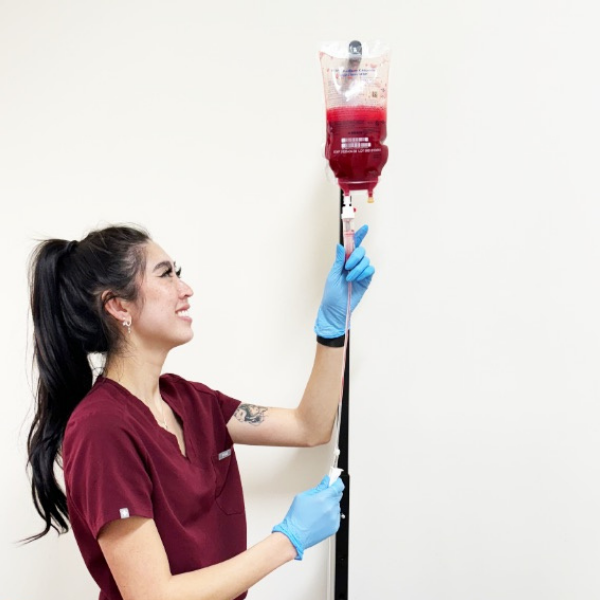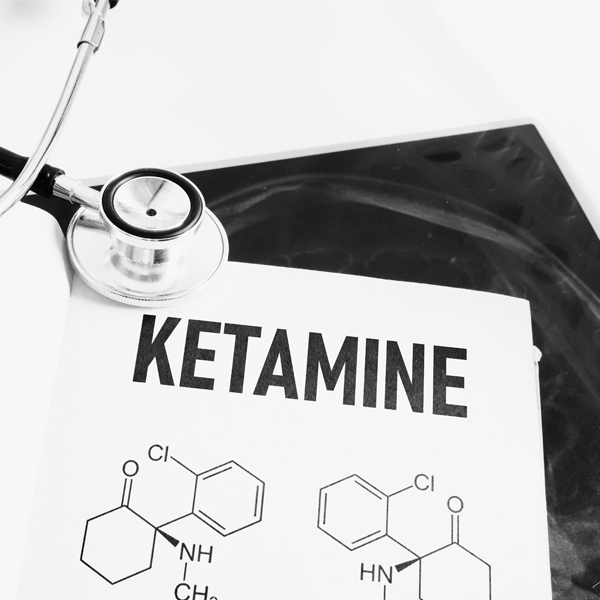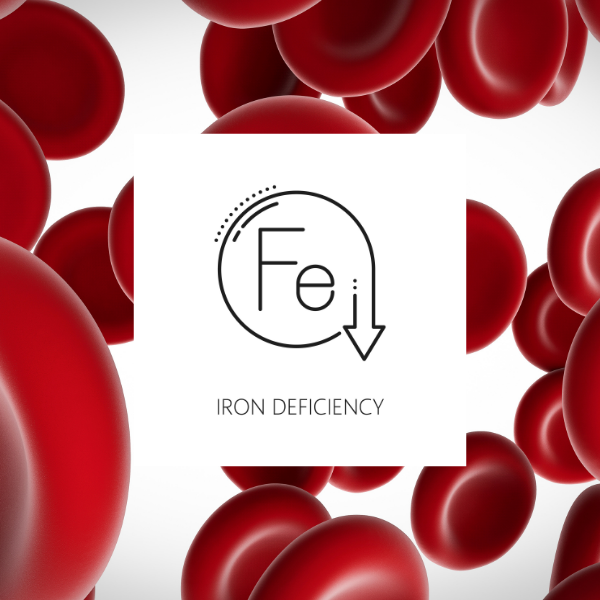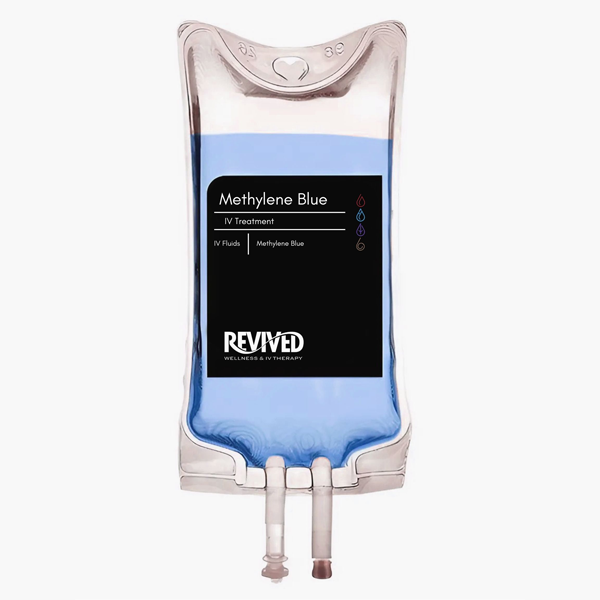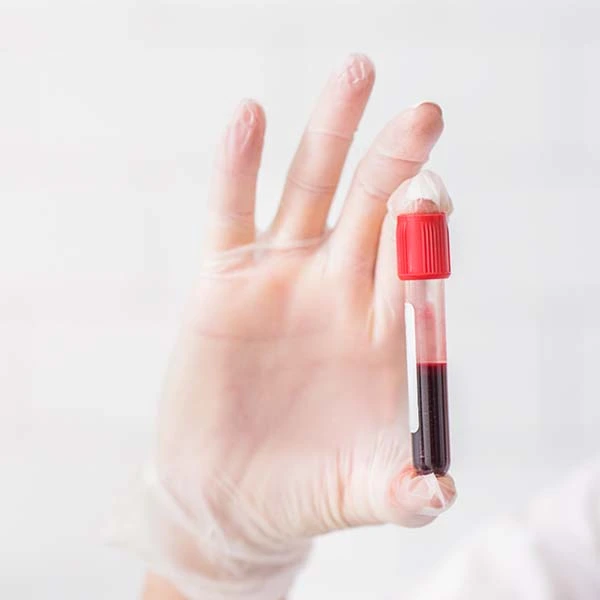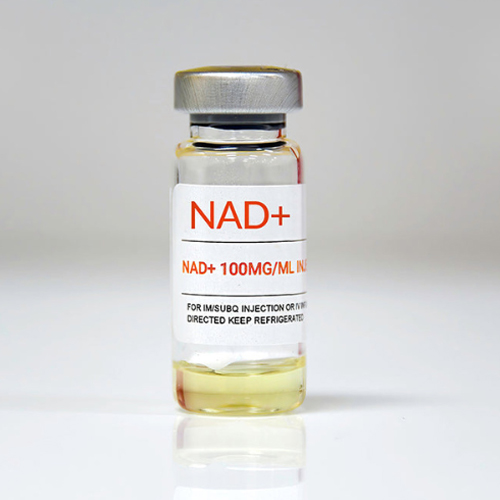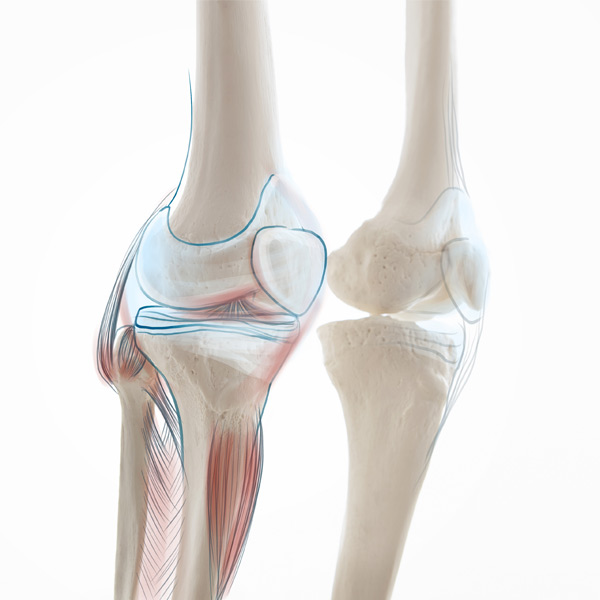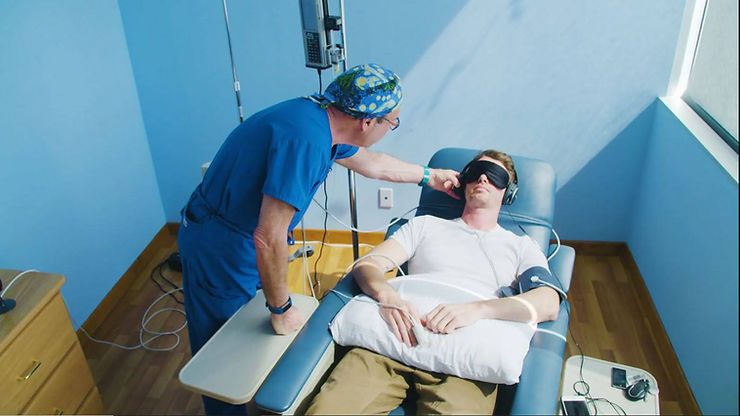Introduction to Ketamine Therapy
Ketamine therapy is gaining attention as a treatment for various mental health conditions and chronic pain. Originally used as an anesthetic, ketamine has shown potential in managing depression, anxiety, post-traumatic stress disorder (PTSD), and certain chronic pain conditions. Medical professionals use ketamine therapy as an alternative when traditional treatments have not been effective. This blog covers what you can expect from ketamine therapy, including its process, potential benefits, and what happens during a session.
How Ketamine Therapy Works
Ketamine therapy involves administering ketamine in a controlled medical setting. The treatment is typically given through intravenous (IV) infusion. Some clinics may offer ketamine in other forms, such as oral tablets or nasal sprays. However, IV infusion is the most common and effective method.
Ketamine works by interacting with the N-methyl-D-aspartate (NMDA) receptors in the brain. This interaction affects glutamate, a neurotransmitter involved in mood regulation, learning, and memory. By modulating glutamate activity, ketamine may help create new neural pathways, potentially improving mood and reducing symptoms of depression, anxiety, and chronic pain.
The Initial Consultation
Before beginning ketamine therapy, an initial consultation is necessary. During this consultation, a healthcare provider reviews your medical history, current medications, and overall health condition. The purpose is to ensure that ketamine therapy is a suitable option. This consultation also allows you to discuss your symptoms and treatment goals.
What Happens During a Ketamine Therapy Session
A typical ketamine therapy session lasts between 40 minutes to an hour. During the session, you will be seated or reclined comfortably in a quiet room. A healthcare professional administers ketamine through an IV drip, carefully monitoring your vital signs throughout the session.
The effects of ketamine are often felt within a few minutes. Patients may experience mild dissociation, which involves feeling detached from their surroundings or body. This effect is temporary and subsides after the session ends. Some patients may also experience mild visual or auditory changes.
The healthcare professional remains present during the session to ensure safety and address any concerns. After the session, you will be monitored for a short period before being allowed to leave. It is recommended to arrange for someone to drive you home as the effects of ketamine may take some time to wear off.
Frequency and Duration of Treatment
The frequency and duration of ketamine therapy depend on the individual’s condition and response to treatment. Some patients may start with a series of six infusions over two to three weeks. Maintenance treatments may follow based on how the patient responds. The healthcare provider will adjust the treatment plan as needed.
Potential Benefits of Ketamine Therapy
Ketamine therapy offers potential benefits for those struggling with treatment-resistant depression, anxiety, PTSD, and chronic pain. Patients often report a significant reduction in symptoms after just a few sessions. Unlike traditional antidepressants that can take weeks to show effects, ketamine therapy may provide quicker relief.
While ketamine therapy is not a cure, it can offer relief that allows patients to engage in other therapeutic activities, such as counseling and lifestyle changes, which can further support long-term well-being.
Side Effects and Safety Considerations
While ketamine therapy is generally considered safe when administered in a medical setting, some side effects may occur. Common side effects include nausea, dizziness, increased heart rate, and mild hallucinations. These side effects are usually short-lived and subside shortly after the session. Serious side effects are rare, but it is important to discuss any concerns with the healthcare provider before starting treatment. It is important to consult your doctor before starting any new treatment, including ketamine therapy, to determine if it is the right option for you. Patients with certain medical conditions, such as uncontrolled high blood pressure, severe heart disease, or a history of substance abuse, may not be suitable candidates for ketamine therapy. The healthcare provider will evaluate these factors during the initial consultation.
What to Expect After Ketamine Therapy
After a ketamine therapy session, it is common to feel relaxed or slightly tired. Some patients may feel an improvement in mood and a reduction in anxiety or pain soon after the session. Others may notice changes over several days. It is important to follow the healthcare provider’s guidance and attend all scheduled follow-up appointments to assess progress and adjust the treatment plan as needed.
Revived IV Therapy: Your Partner in Mental Health and Pain Management
Revived IV Therapy in Houston offers ketamine therapy to help manage symptoms of depression, anxiety, PTSD, and chronic pain. Our experienced medical professionals provide a supportive and safe environment, ensuring that each patient receives personalized care. During the initial consultation, we work closely with you to understand your needs and develop a tailored treatment plan. If traditional treatments have not provided relief, ketamine therapy may offer a new avenue for managing your condition.
Contact Revived IV Therapy today to learn more about ketamine therapy and how it can be part of your mental health and pain management journey.


